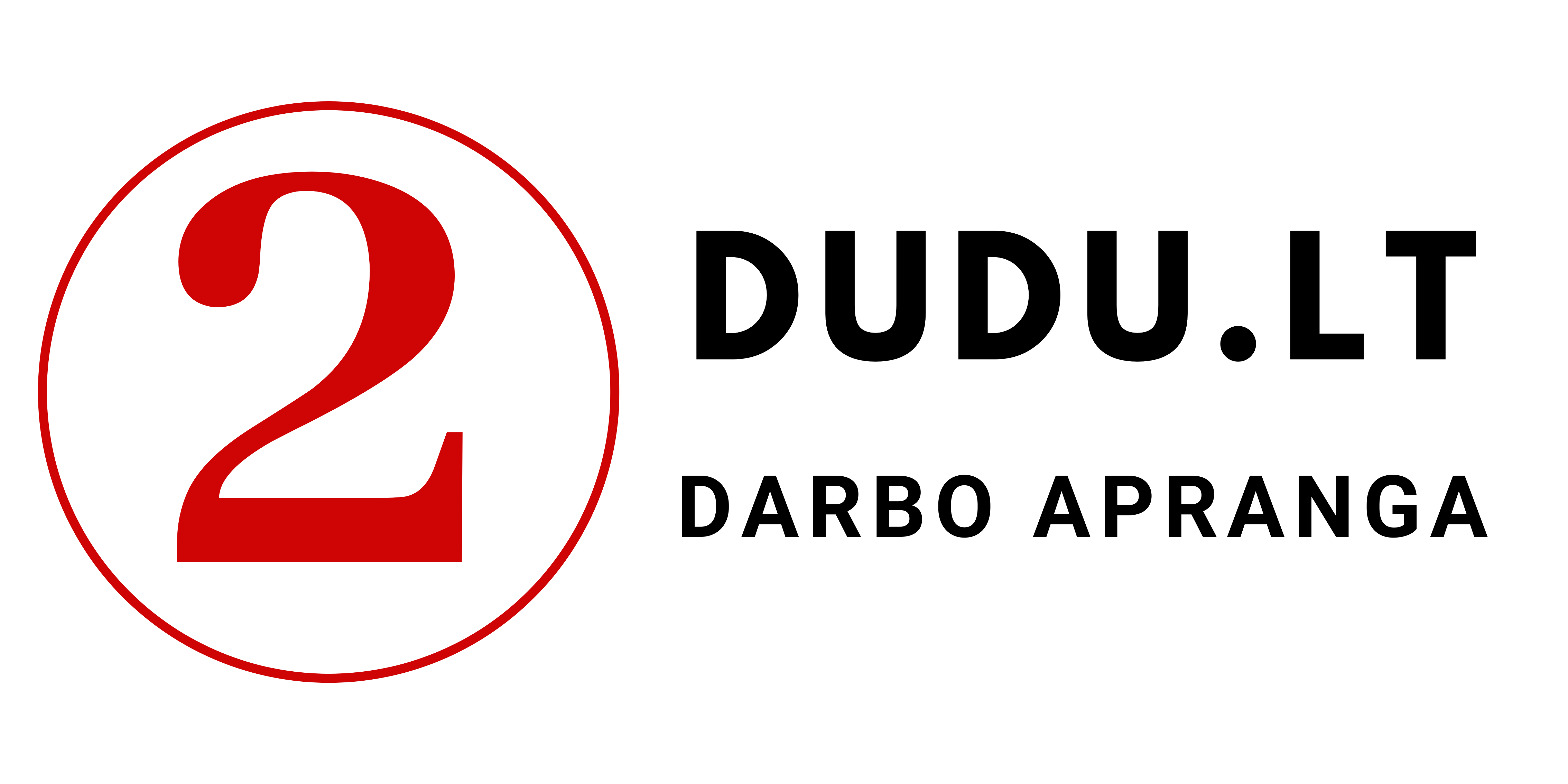1. Personal Protective Equipment (PPE) Directive: Workwear such as protective overalls, gloves, earplugs or safety shoes must comply with the Personal Protective Equipment Directive. This means that the product must be CE marked and the importer must provide a declaration of conformity and a technical file.
2. CE marking: Before workwear products are sold in the European Economic Area (EEA), it is necessary to check that they comply with all mandatory EU directives, in particular the Personal Protective Equipment Directive. The product, its packaging and the instructions for use must be permanently marked with the CE marking.
3. REACH Regulation: The REACH Regulation, which came into force in EU Member States in 2007, aims to improve the quality of products sold on the EU market. It creates a database of hazardous substances and promotes public awareness of the health risks posed by chemicals used in these products.
4. Textile Labeling and Fiber Composition Regulation: Every workwear product or other garment containing at least 80% textile fibers by weight must be labeled with a fiber composition, such as 100% cotton or 100% polyester, and this must be a permanent marking on the garment or printed on it.
5. General Product Safety Directive (GPSD): The GPSD regulates all products, regardless of whether they are covered by specific EN standards. According to this directive, “a product is considered safe if it complies with all European or national legislation”.
6. Packaging Regulation: Directive 94/62/EC of the European Parliament and of the Council, in force since 20 December 1994, regulates the content of hazardous substances in packaging materials and the management of packaging waste in the EU.
7. EN standards: There are several EN standards that apply to children's and protective clothing categories. For example, the EN 14682 standard applies to children's clothing safety, and EN ISO 20471 applies to test methods and requirements for high-visibility clothing.
8. Laboratory testing: This is often the only way to ensure that your clothing or textile products do not comply with EU regulations, for example on formaldehyde, phthalates and aromatic amines. Laboratory testing is also necessary to ensure that your clothing complies with relevant standards, such as EN 14682 – Safety of children's clothing and EN 14878 – Burning behaviour of children's nightwear.
These standards and regulations ensure that workwear in the EU is safe, reliable and meets high environmental and consumer protection requirements.

